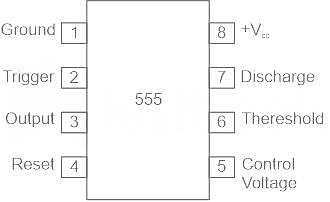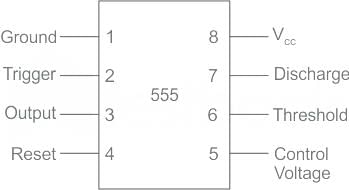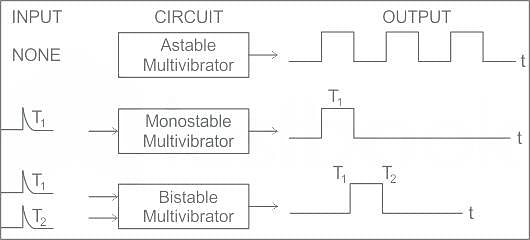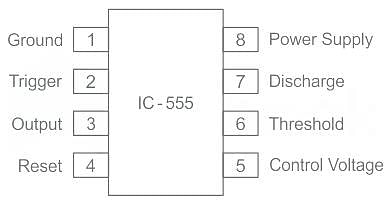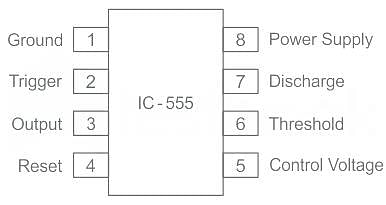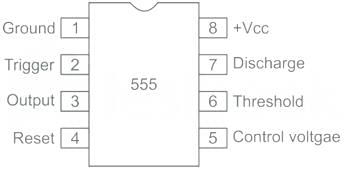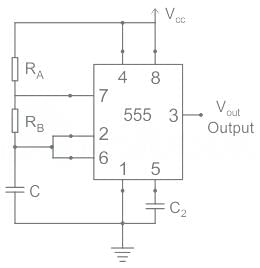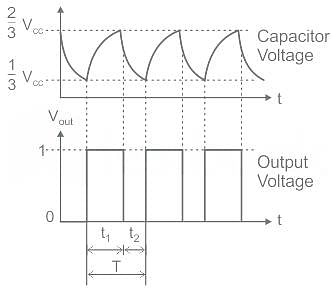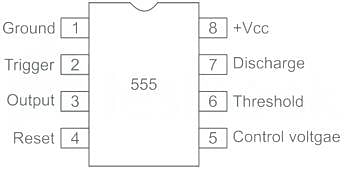Test: 555 Timer - Electronics and Communication Engineering (ECE) MCQ
10 Questions MCQ Test GATE ECE (Electronics) Mock Test Series 2025 - Test: 555 Timer
The output of the IC 555 is ______ when the reset pin is connected to low voltage.
The 555 timer can be used in which of the following configurations?
| 1 Crore+ students have signed up on EduRev. Have you? Download the App |
Consider the following statements regarding 555 timer:
1. It operates on -5 V to +18 V supply voltage in both free running and one-shot modes.
2. It has a high current output and it can source or sink 500 mA.
3. The output can drive TTL and has a temperature stability of 80 parts per million (ppm) per degree celsius change in temperature or equivalently 0.008 %/°C.
Which of the above statements are not correct?
1. It operates on -5 V to +18 V supply voltage in both free running and one-shot modes.
2. It has a high current output and it can source or sink 500 mA.
3. The output can drive TTL and has a temperature stability of 80 parts per million (ppm) per degree celsius change in temperature or equivalently 0.008 %/°C.
Which of the above statements are not correct?
In a multivibrator, both the output states are quasi stable. The output varies from state to state and the circuit acts like a free running square wave oscillator. The type of multivibrator is
Which of the following are the basic elements in a 555 timer IC?
(a) Two comparators
(b) A flip-flop
(c) A discharge transistor
(d) A resistive voltage divider
The control terminal (pin5) of 555 timer IC is normally connected to ground through a capacitor (∼ 0.01μF). This is to
|
25 docs|263 tests
|
|
25 docs|263 tests
|


